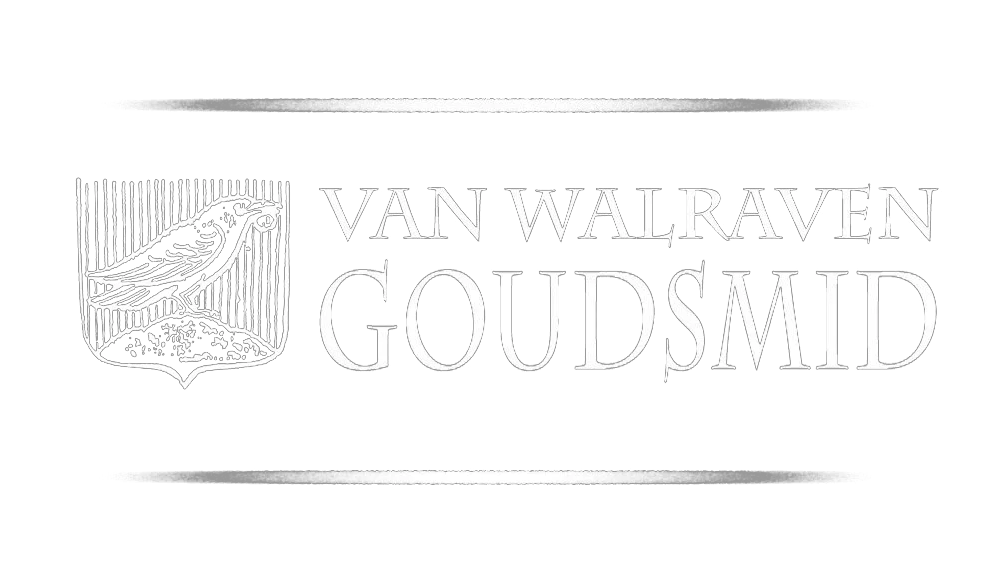Amethyst, The regal stone that was dethroned.
Ahh, yes, I finally kicked my butt enough times to establish my own blog about stones; about time. Amethyst is the traditional birthstone for February and is the well-known purple variety of the mineral quartz. Quartz, also known as rock crystal, is quite an exciting mineral, as it comes in wide varieties, shapes and crystal habits.
From a geological point of view, this makes sense as quartz is made of the two most abundant elements in the Earth’s crust, oxygen and silicon, with a chemical formula SiO2. If you want to really get to the scientific classification of minerals, this is how you could list amethyst.
Amethyst is identified as:
1) Trigonal Crystal System (which is lumped into the Hexagon System due to the 3-fold symmetry), not to be confused with crystal habit.
2) Silicate Composition,
- Framework silicate Sub-class
3) Quartz/Silica Family
4) Mineral = Quartz - SiO2
5) Variety = Amethyst.
Other known macro-crystalline varieties of quartz are; citrine, rose quartz, smoky quartz, rutilated quartz, milky quartz, prasiolite and ametrine. All of these varieties are classified are actually quartz but with different colour impurities. Now, what do I mean by macrocrystalline? Well, quartz can create large, solid crystals and crystallize as tiny micro-crystals or spheres. These microcrystalline quartz varieties include agate, chalcedony, chrysoprase, carnelian, onyx, sardonyx, jasper, aventurine, bloodstone, tiger’s eye and moss agate. These varieties of quarts come in many colours, but that will be a blog for another month. If you want to dig even deeper, there are several sub-varieties of quartz characterized by temperature and pressure during crystallization.
But what makes amethyst purple, well, that is due to the presence of iron and some other trace element impurities within the crystal lattice/structure. Add a touch of radiation, and voila, purple! Then if you want, add some heat of about 300°-400° celsius, and you will lose the purple and make citrine. SCIENCE!
Interestingly until the 18th century, amethyst was classified as a cardinal gemstone, valuable stones that included diamonds, sapphires, rubies, and emeralds. This was due to its deep, regal purple hues. However, due to the discovery of extensive deposits in locations such as Brazil, amethyst lost most of its value. This is a perfect example of supply and demand when there is WAY too much supply. Amethyst is not primarily defined by carat weight due to quantity. Instead, colour and clarity are the most significant factors in determining the value of amethyst. Most coloured precious stones like amethyst are graded on an A, AA, AAA, and AAA+ system, with AAA+ being the highest quality. The highest grade amethyst colour, called "Deep Russian," is exceptionally rare, but the value is still determined by the demand and is still much less than diamonds and sapphires.
So next time you look at your amethysts, please address them adequately with "Your highness."

